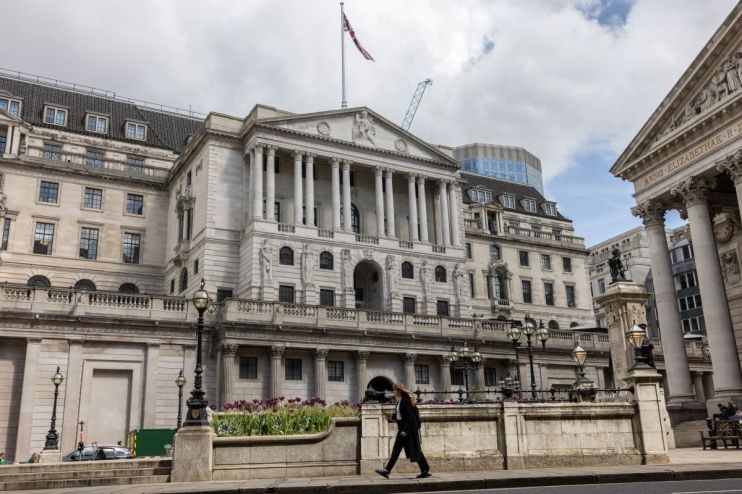
Inflation continued its descent in March, but did not fall as far as economists had expected, as the Bank of England considers its next move in interest rates.
According to figures from the Office for National Statistics (ONS), inflation fell to 3.2 per cent last month, down from a previous reading of 3.4 per cent. Economists had expected it to fall to 3.1 per cent.
This meant the headline rate of inflation was at its lowest level in two and a half years.
Core inflation, which strips out volatile components such as food and inflation, fell to 4.2 down from a previous reading of 4.5 per cent.
The figures come as the Bank of England considers when to start cutting interest rates.
Speaking at the International Monetary Fund’s spring meeting last night, Andrew Bailey, governor of the Bank, said the UK was “disinflating at what I would say is full employment. But I see strong evidence now that the process is working its way through.”
“Our judgement with interest rates is how much do we need to see now to be confident of the process,” he said.
Inflation has fallen from a peak of over 11 per cent in autumn 2022, but the Bank will want to see further progress on services inflation and wage growth – both indicators of domestic inflationary pressures – before cutting rates.
Services inflation fell to 6.0 per cent in March, ahead of the 5.8 per cent expected by economists.
Wage growth remains relatively high. Figures out yesterday showed that annual wage growth barely budged compared to last month, hovering around six per cent.
The Bank of England is expected to start cutting interest rates in summer. A rate cut if fully priced in for August but June is also still an option for the Bank.
More to follow

